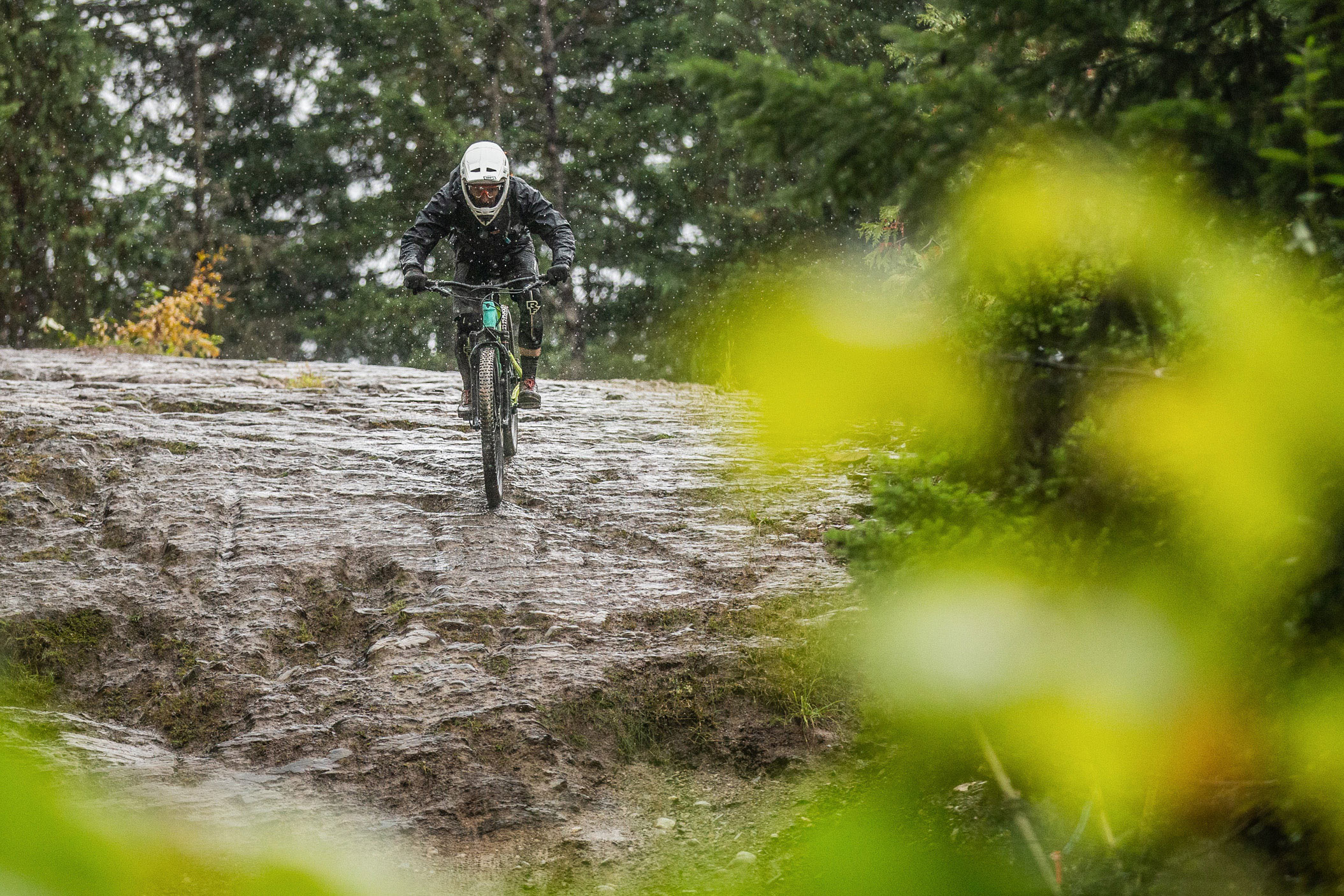Looking to up your mountain biking skills? Stuck trying to get past that same feature on the same old run? There’s a solution: the Trek Dirt Series.
Trek Dirt Series started in 2001 with three local women-only mountain bike camps in Whistler, British Columbia. The goal then was simple — get more women on bikes. But over the past 18 years, it has expanded to offer 28 camps per year throughout North America, including co-ed weekends.
After 300-plus camps with 15,000 students, the Trek Dirt Series is a well-polished, professional program.
I attended the final Trek Dirt Series camp of the year in Whistler last month. I received professional instruction on a mountain bike while riding the epic terrain Whistler Mountain Bike Park has to offer — both firsts for me.
All of the Dirt Series instructors are top-level riders. And they tailor their classes to the individual needs of the small groups they lead. Additionally, you get a new instructor each day, so you have the best chance of absorbing all the new skills and techniques on offer.
It’s hard to explain how much my riding improved, in all areas, in just 2 days of cold, wet riding during the Dirt Series. But here are five key takeaways that can vastly improve anyone’s mountain biking skills.
5 Tips for Better Mountain Biking
The Trek Dirt Series provides skills, confidence, and a truly world-class experience. Camps cost between $200 and $425 depending on location. But that includes instruction, demo equipment, lunches, snacks (like energy bars), drinks, evening maintenance clinics, and sponsor prizes.
While you’ll have to go check it out yourself to gain the confidence and enjoy the experience, I thought I’d share some of the lessons I learned that will shape my mountain bike riding for the rest of my life. They’ll hopefully improve yours too.
More Front Brake
I’ve always used a ton of rear brake when mountain biking on steep terrain. My thought is that I don’t want to go over the handlebars by locking up the front brake. While that’s true in a few circumstances, you will generally want to use more front brake than rear.
This is especially the case on steep, wet terrain. If you use more front brake, with good modulation control, it’s much easier to slow down and stay in directional control of the bike. This revelation instantly changed my riding style and elevated my abilities on steep technical terrain.
Elbows Up!
An aggressive, ready-for-anything stance is the key to control at all times. The instructors called this the “ready position.” The main elements of this position are a good bend at the waist, flat pedals, slight knee bend, chin over the stem, and elbows up.
The more a rider can get down into this position, the more ready the body is to maximize its range of motion to absorb anything on the trail and stay in control of the bike. If you can see your elbows in your peripheral vision, at about eye level, you’re ready to get some!
Stay Forward
I have a bad self-taught habit of leaning way back on the bike when going over and off steep terrain. The reality is that you lose traction and steering control over the front tire when positioning yourself back on the bike.
That also makes it exceptionally hard to get back in the ready position over the bike. It’s always easier to throw weight back than to try to get it forward again, so start with your weight forward and keep it there unless absolutely necessary.
This concept is really important on big drops that you can roll down. By staying forward, you keep braking traction on the front wheel longer and retain steering control throughout the drop.
Plus, staying forward is vitally important when going off jumps. Staying forward on the bike while going up a jump retains control throughout the jump. Getting back while coming up the transition on a jump will cause the front wheel to come up high, and you’ll lose control or land rear-wheel heavy.
This technique, combined with front-wheel braking and the ready position, elevated my riding instantly.












